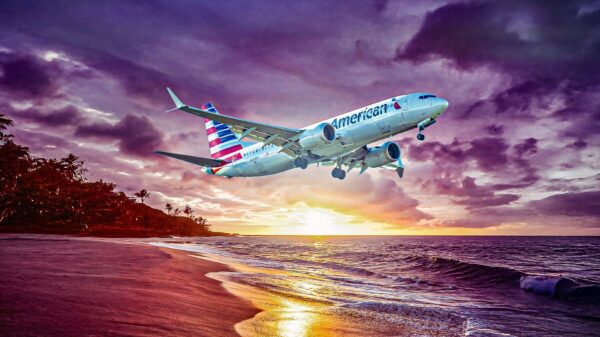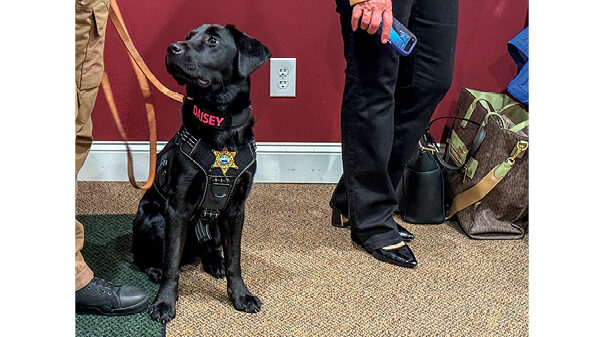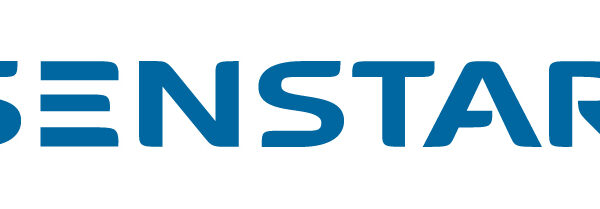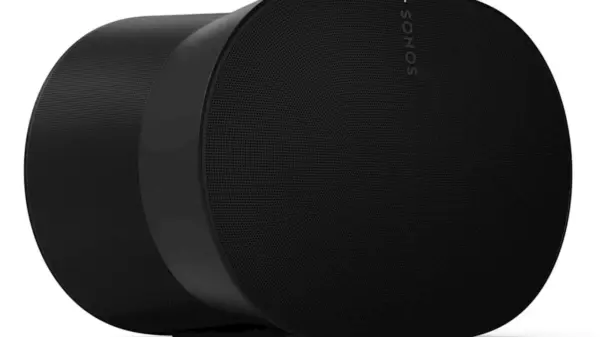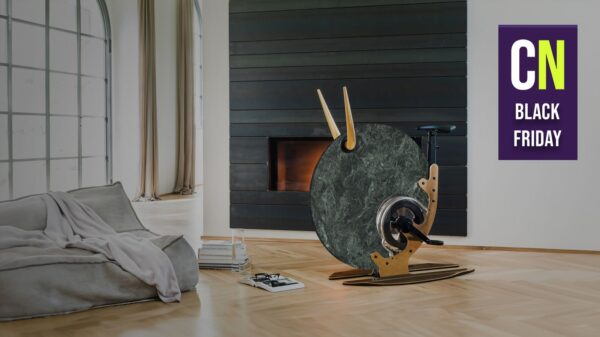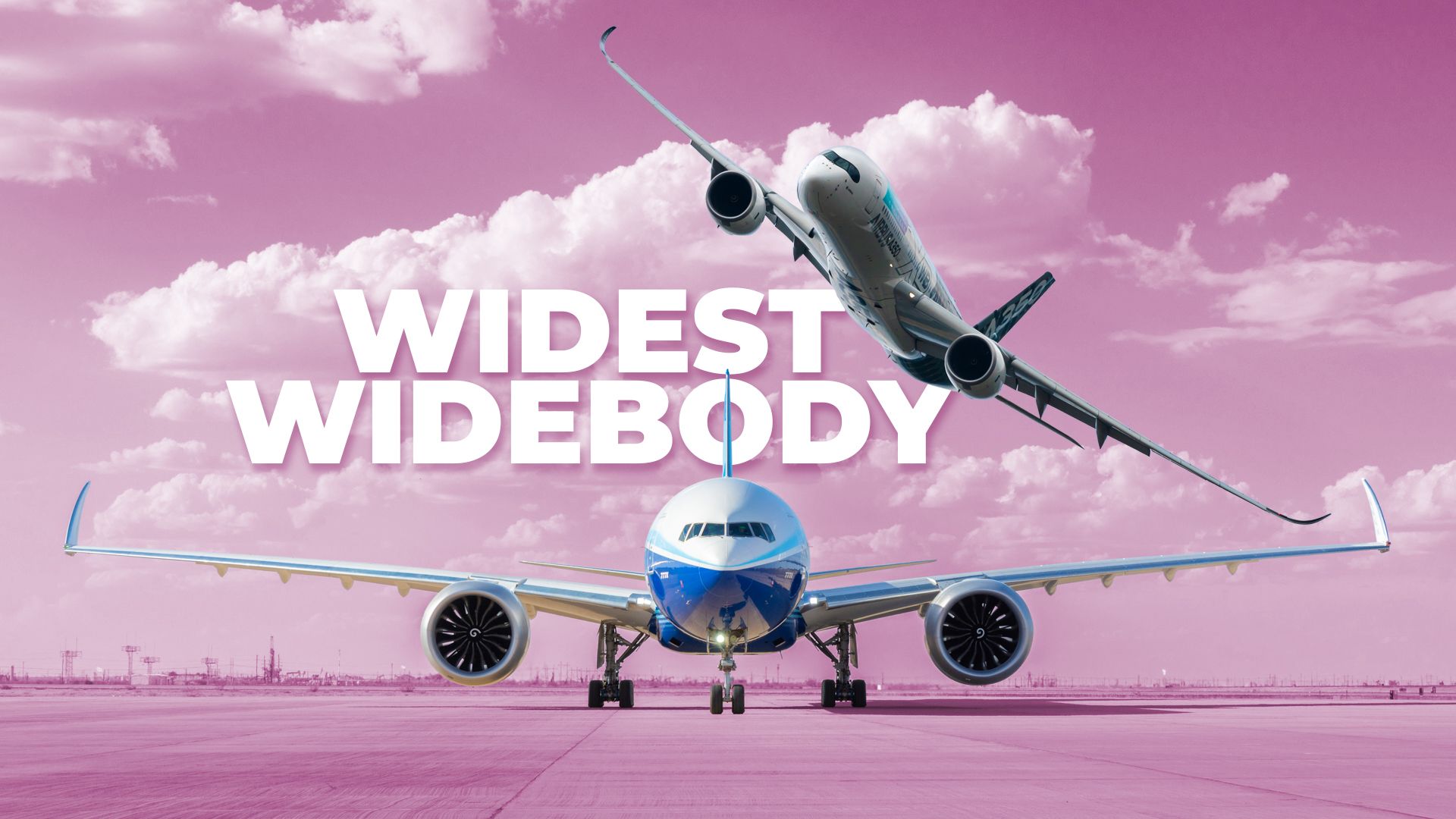Boeing has marked a significant milestone in the aviation industry with the launch of its new 777X, directly challenging Airbus’ long-standing dominance with the A350, marketed as the eXtra Wide Body (XWB). For nearly a decade, Airbus has promoted the A350 as the most spacious and comfortable twin-jet available, but Boeing’s latest offering aims to redefine customer expectations in long-haul travel.
The 777X introduces a cabin that is four inches wider than the already spacious 777-300ER, incorporating advanced features and improved passenger experience elements. With over 350 firm orders from major airlines including Emirates, Lufthansa, and Qatar Airways, the 777X is poised to reshape the competitive landscape of widebody aircraft.
Redefining Cabin Comfort
Boeing’s focus on cabin width is not merely a design choice but a strategic move aimed at enhancing passenger comfort. The additional four inches allow airlines to configure seating arrangements more flexibly, potentially leading to wider economy seats and more spacious premium class layouts. For passengers, this translates to less shoulder contact and easier access to the aisles, significantly improving comfort on flights that can last up to 17 hours.
The 777X has already garnered substantial market interest, with its innovative design features playing a critical role in its appeal. Unlike the A350, which has successfully delivered over 570 aircraft to more than 40 airlines, the 777X aims to offer a more advanced passenger experience that goes beyond just width.
Innovative Passenger Features
Boeing recognized that merely expanding cabin width would not suffice to secure a competitive edge. To enhance the overall passenger experience, the company collaborated with design consultancy Teague to rethink cabin layout and aesthetics. The 777X features larger windows than its predecessors, allowing for more natural light, which can improve mood and reduce jet lag, a concern for long-haul travelers.
The cabin’s LED lighting system is another key innovation, designed to simulate various daylight phases. This technology assists passengers in adjusting to new time zones, an upgrade built upon the foundation laid by Airbus with the A350 but refined for enhanced customization.
According to mock-ups covered by Business Insider, the overhead storage design has been significantly improved to allow each passenger to store a standard roller bag, thereby reducing boarding times and alleviating one of the most common frustrations faced by air travelers.
The 777X also enhances cabin noise insulation, with quieter engines contributing to a more serene travel environment. This shift positions the 777X as not only a competitor to the A350 but also as an aircraft that can offer a similarly high level of comfort, if not surpassing it in many areas.
As airlines increasingly prioritize passenger comfort alongside operational efficiency, the 777X introduces features that address real passenger needs, demonstrating Boeing’s commitment to innovation in the aviation sector.
The competition between Boeing and Airbus has reached a new level, transforming not just the economics of air travel but also the experience of flying itself. With the 777X, Boeing has effectively reclaimed the “Xtra Widebody” crown while challenging Airbus to respond with further enhancements to the A350. The ongoing rivalry promises advancements that will ultimately benefit passengers, leading to wider seats, quieter cabins, and more thoughtful amenities in the future.








